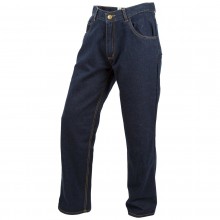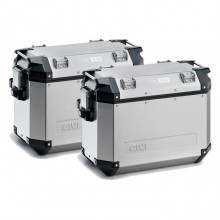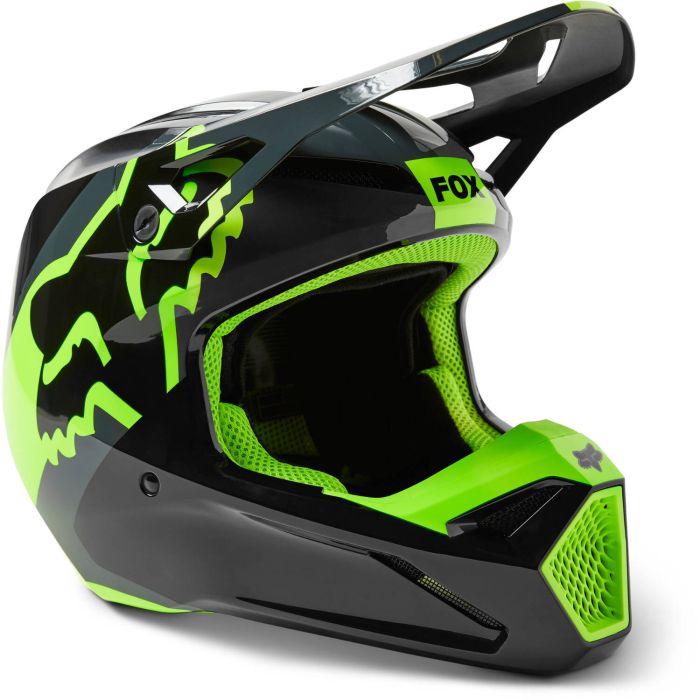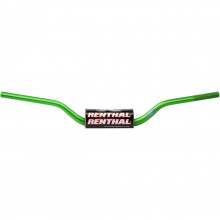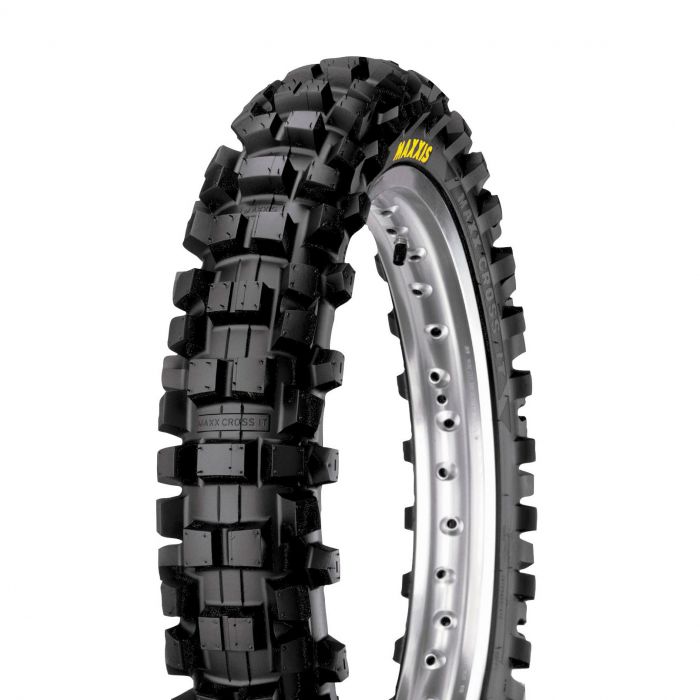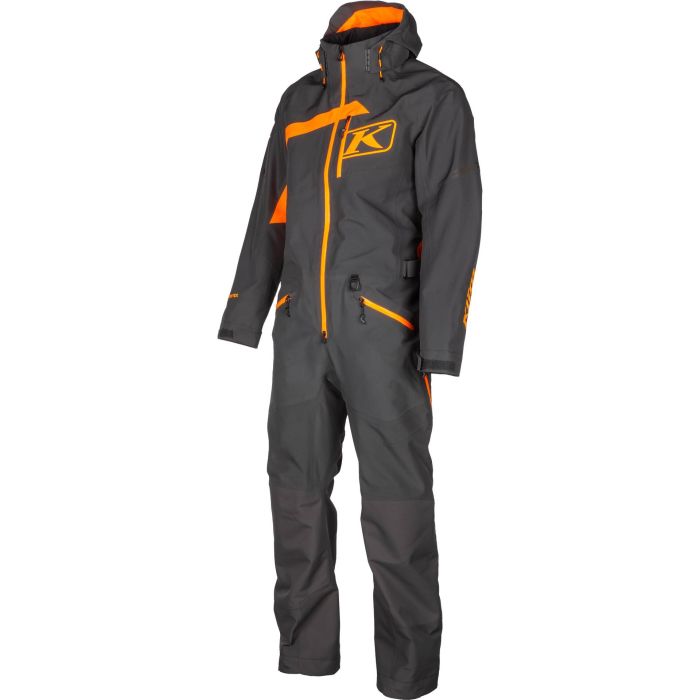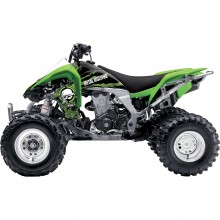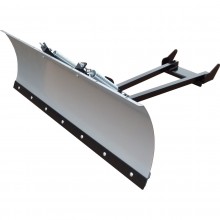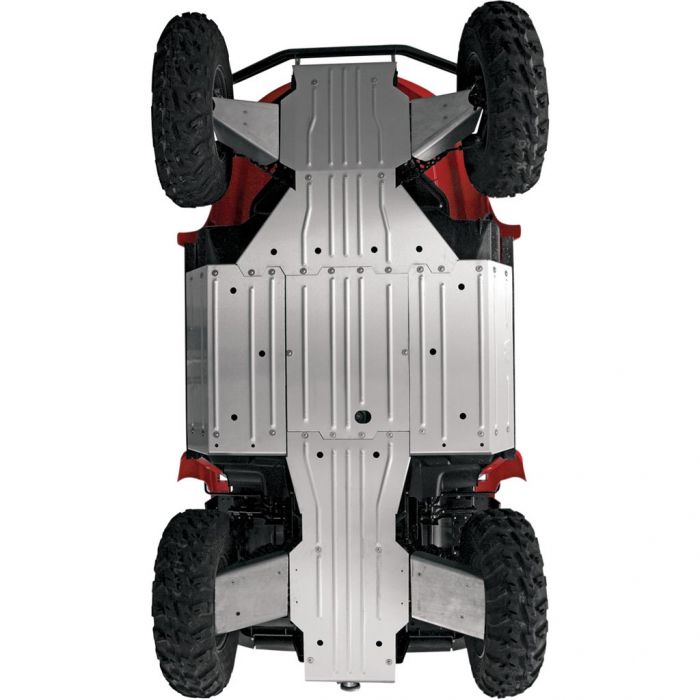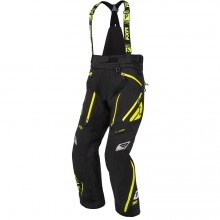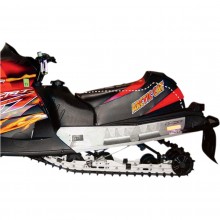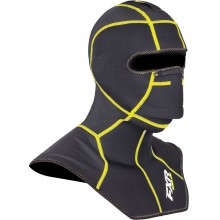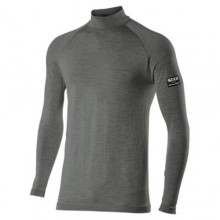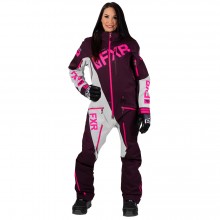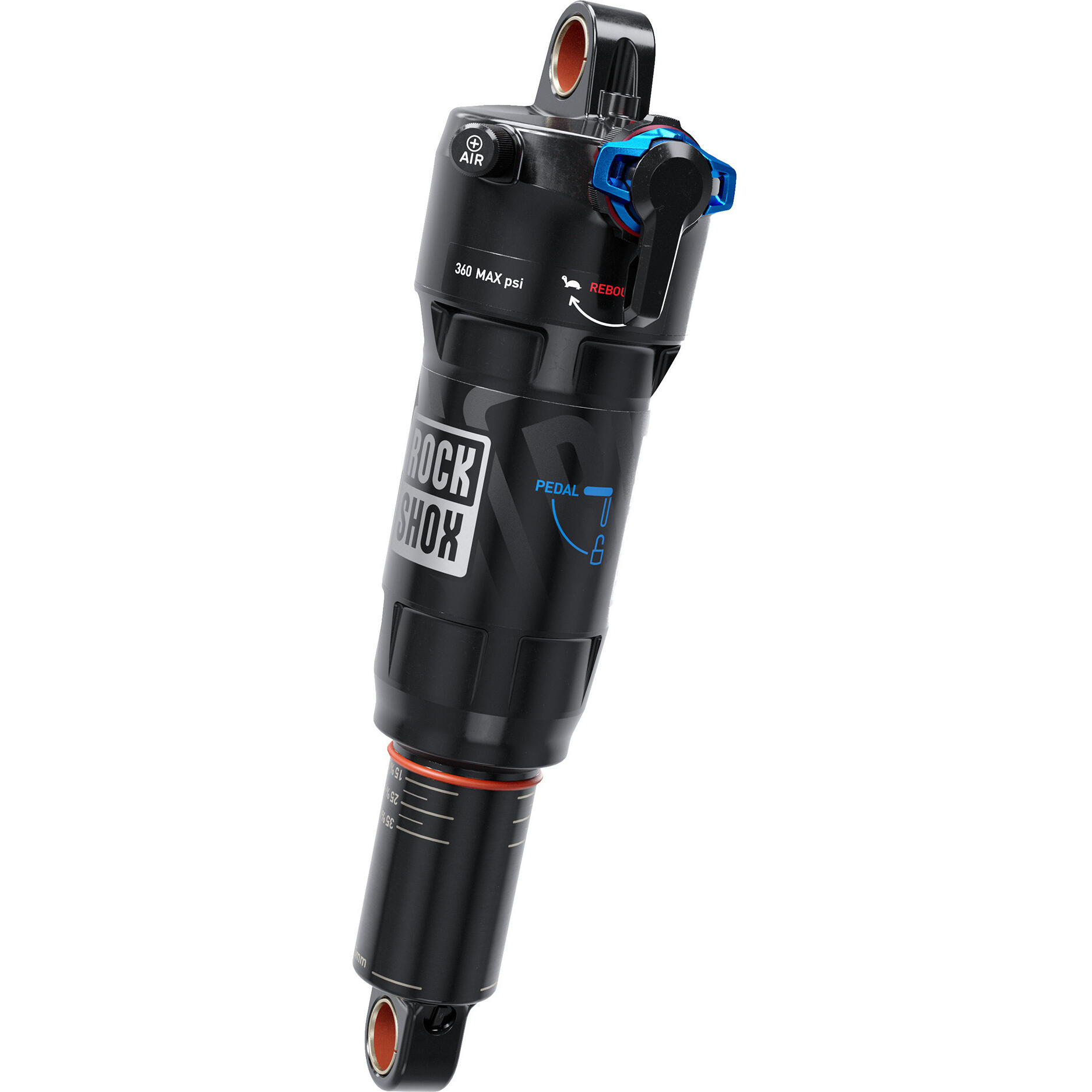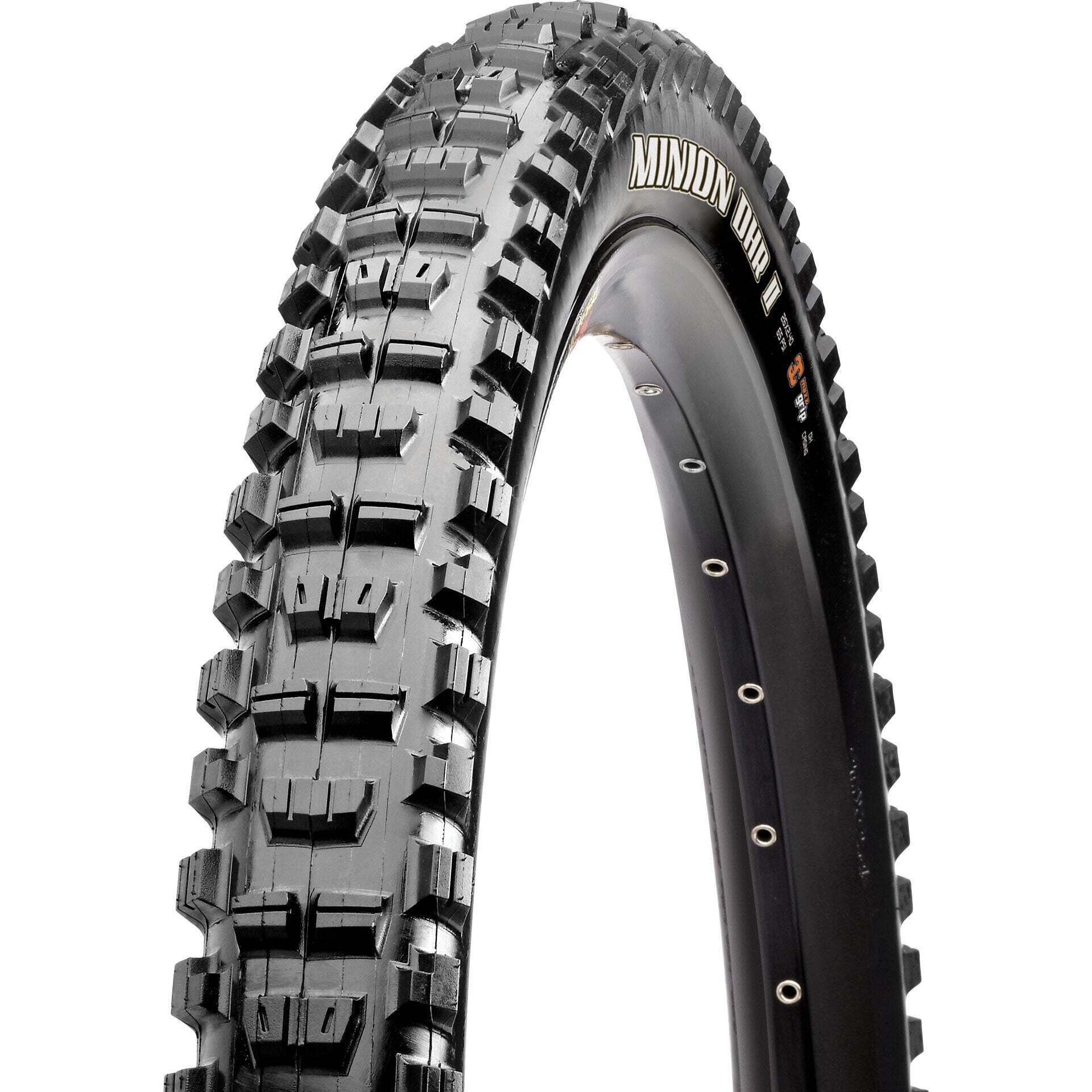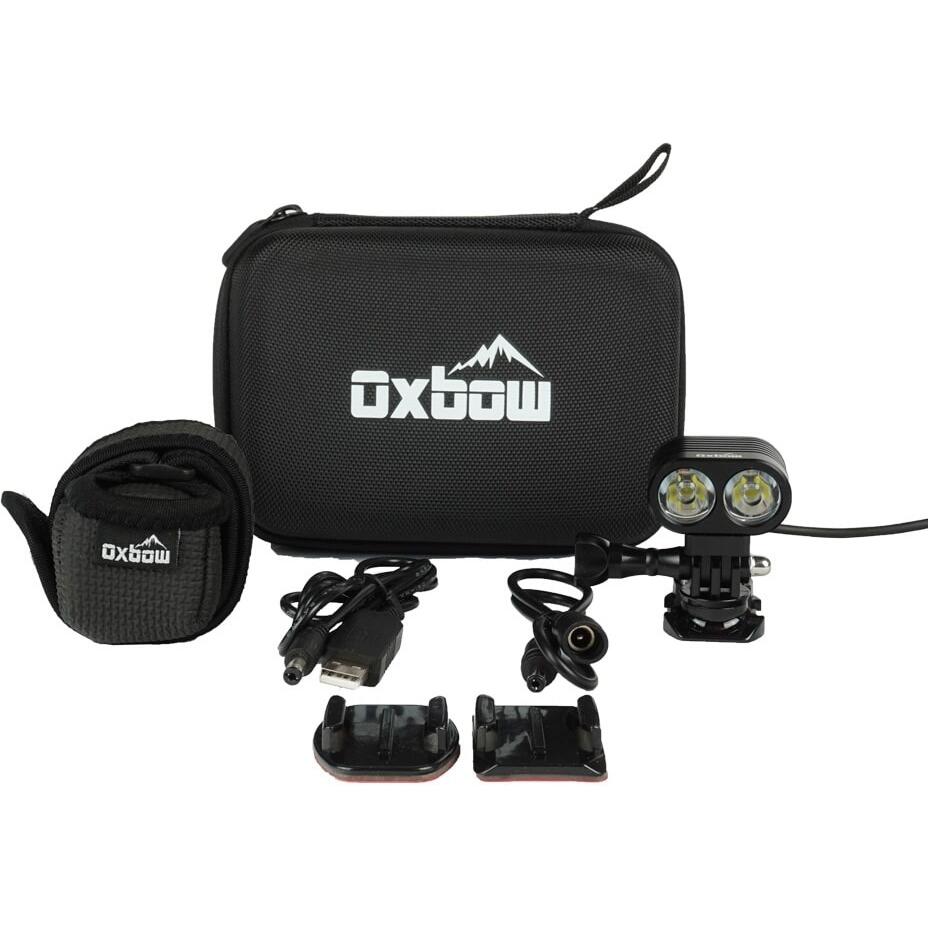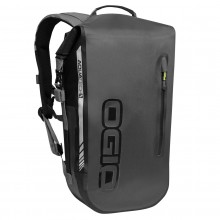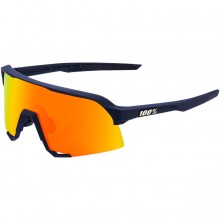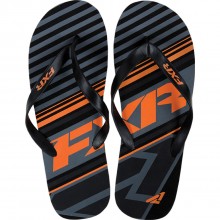Hello! I’m RyanF9 and this is how I’d layer-up for riding in cold weather.
Wowwww what an interesting topic we have today: Glorified underwear.
But we shouldn’t joke, because a decent base layer can add a whole month to your riding season, and that commands respect.
With my own money I choose Merino wool, and one of the cheapest ways to get it is FXR’s Vapour line.
That’s Vapour spelled the correct way, with a U, because FXR is Canadian.
You can get Vapour pants and shirts in 20, 50 and 100% merino. To give you an idea of cost, the 20% long sleeve costs 40 bucks while this 100% long sleeve costs 110. If you do the math, you’re getting the most merino for your dollar with the 100%er.
And that’s what I recommend, since merino is what we’re after. It comes from a superior kind of sheep *bah*. Their wool is especially fine, which makes for less itchy base layers. Also merino fibres don’t feel wet to the touch until they’re 60% saturated, so you’ll stay dry longer.
And when the fabric does get soaked, merino fibres won’t collapse. So the garment keeps its shape, it keeps its thermal properties – which is rare for wet clothing – plus your sweat won’t be able to embed deep into collapsed fibres, so you’ll avoid that funky smell shirts gets after they’ve been wet.
To praise the sheep some more *bah*, merino contains Lanolin, which is naturally waxy and hydrophobic. That means your woollies will be quick-drying and quick-wicking. Not to mention the anti-bacterial and anti-odour properties of Lanolin, which are great if you’re going multiple days between washes.
Setting aside the sheep for now *bah*, FXR did some clever work of their own. The stitching is flat-lock, meaning pieces of fabric are joined edge to edge rather than one on top of the other. This way you won’t feel those annoying seam ridges when you start to layer up.
I’m 6’3, 175lbs wearing a size medium. It fits great, although with 160 grams of stretch material knitted into the merino, that’s no surprise. The cut is long at the waist to avoid showing some belly, and there are thumb loops to avoid showing some wrist. My colour is charcoal hi-viz, which is silly for a base layer that will literally never be visible.
Now, some people prefer synthetic fabrics to merino.
And they’re wrong.
But if you must be wrong, Firstgear’s 37.5 collection is the best way to do it.
Basically this stuff contains “active particles” that do two things. They increase the size of the fibres by 800% when they get humid. And they increase the surface area of the fibres when they get warm.
So, if you’re riding around in the dry cold, no big deal, this is a standard thermal layer. But when you get wet, the fibres expand to wick more water away from your body. And when you get hot, the fibres create more surface area to quickly evaporate sweat.
Essentially, this is a heating layer when you’re cold and a cooling layer when you’re hot.
Makes sense that Firstgear named it after the middle ground then. 37.5, as in 37.5 degrees Celsius, the equilibrium temperature that your body likes to hang out at. Firstgear also claims that the base layer tries to reach 37.5% humidity because that’s what our skin finds comfortable, although I think that’s a massive stretch for the sake of branding.
Anyway, you have lots of options in the 37.5 collection. Pants around 100 bucks, shirts just south of that, and balaclavas way south of that around the 50-dollar mark. All of which include stretchy fabric and flat-lock seams.
For what it’s worth, my convertible balaclava has three modes. Serious crimes, cowboy crimes, and fashion crimes.
Now, two oddball choices to wrap this up.
Firstly we have the EVS Tug for those that want a thermal layer and a compression layer in one go.
Compression clothing is said to increase blood circulation to enhance performance. It’s said to decrease the build up of lactic acid. It’s said to reduce swelling. It’s said to prevent deep vein thrombosis on long rides.
The anecdotal evidence is overwhelming. The scientific evidence is not.
All I know is that the EVS Tug is lovely to wear. It doesn’t pull your body one way or the other… instead the compression is limited to “active zones” – the major muscle groups at the forearms, biceps, pecs and abs.
Say hello to my beefy boss – he’s modelling the compression shirt because I have no muscles to compress. Our Tug comes in sleeveless versions, long pant versions, short pant versions, armoured, un-armoured, you name it. And it’s all priced aggressively, all below 100 dollars. Thermal properties are average for a 90% polyester, 10% spandex blend. Except for the back – it’s pure Lycra mesh, all ventilation, no insulation
Now, our second oddball choice is for people who want thermal layers that they can also wear around town.
Consider the Klim Inferno Jacket. It’s thin and stretchy on the outside, with warm 380-gram fleece on the inside. A perfect mid-layer, with flat-locked stitching to lay comfortably under a larger jacket.
And yet we have a low-profile main zipper. We have a chest pocket, also sunk flush with the shell. And hidden under these seams we have two more YKK auto-locking hand zippers. This jacket is decently competent on its own.
And it looks the part. For a little over 100 bucks I get four colour options, plus a fifth Africa Twin version, which costs 35 dollars more just because it’s red. I wouldn’t mind a higher collar, since my neck always gets cold below the helmet. And thumb loops wouldn’t go amiss either, although as a base layer, the Inferno is tight enough that my sleeves rarely slide up. I should mention that Klim also makes the Everest, if you want to go one level warmer.
Now, for bottoms there is a matching inferno pant, but you won’t be fooling anybody at the local pub because they look like pyjamas. Better to choose the Klim Transition Pant instead, I reckon.
It’s still a mid-layer, but Klim says that they look so good you’ll want to wear ‘em everywhere. I don’t know about everywhere, but the pants are certainly convincing enough for somewhere. Like your buddy’s garage. Or a highway diner. Or anywhere that you’ll look classy for not wearing long johns.
Now this spandex-nylon shell does have a moisture-wicking micro-fleece interior… but it isn’t as warm as the inferno. I think it’s good enough for the legs though. I actually own a pair for riding and for snowshoeing in Montreal and I’ve had them down to -30 before I started complaining. Even then I wasn’t complaining about my legs.
As a mid-layer, the transition has the usual four-way stretch. Plus the button closure, the fly zipper, the belt loops, the Velcro adjusters, the pockets – they’re all designed to lay flat under whatever you have over top. My only beef is with the zippered thigh pocket. For some reason Klim forgot their love affair with YKK auto-locking zippers, because this is just a standard floppy zipper that sticks out a bit more.
And those are my favourite base layers! Thanks for watching.





